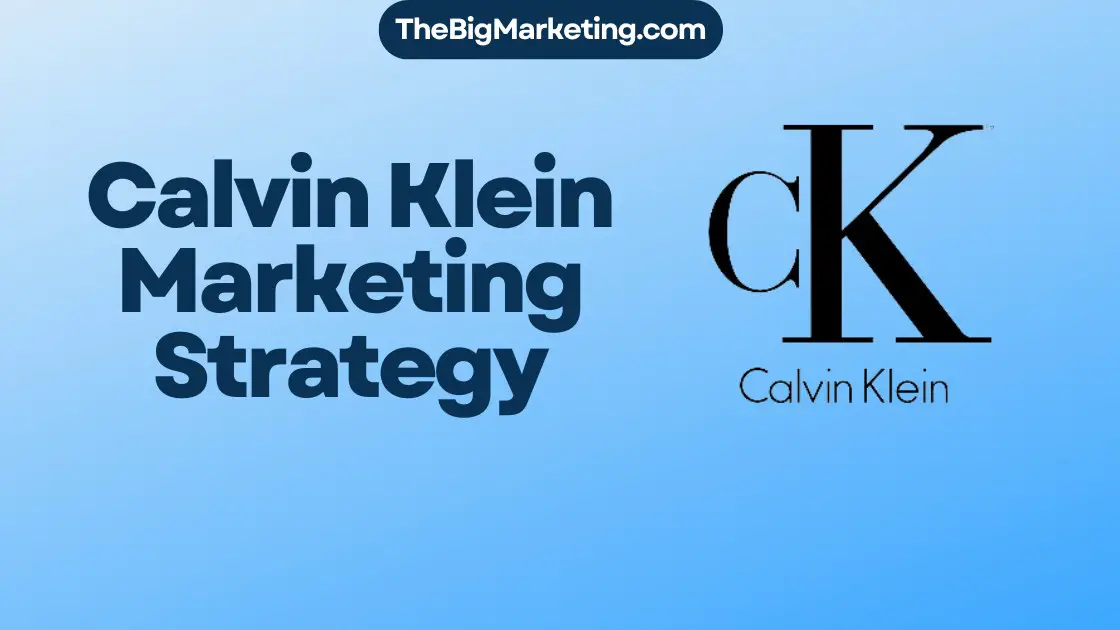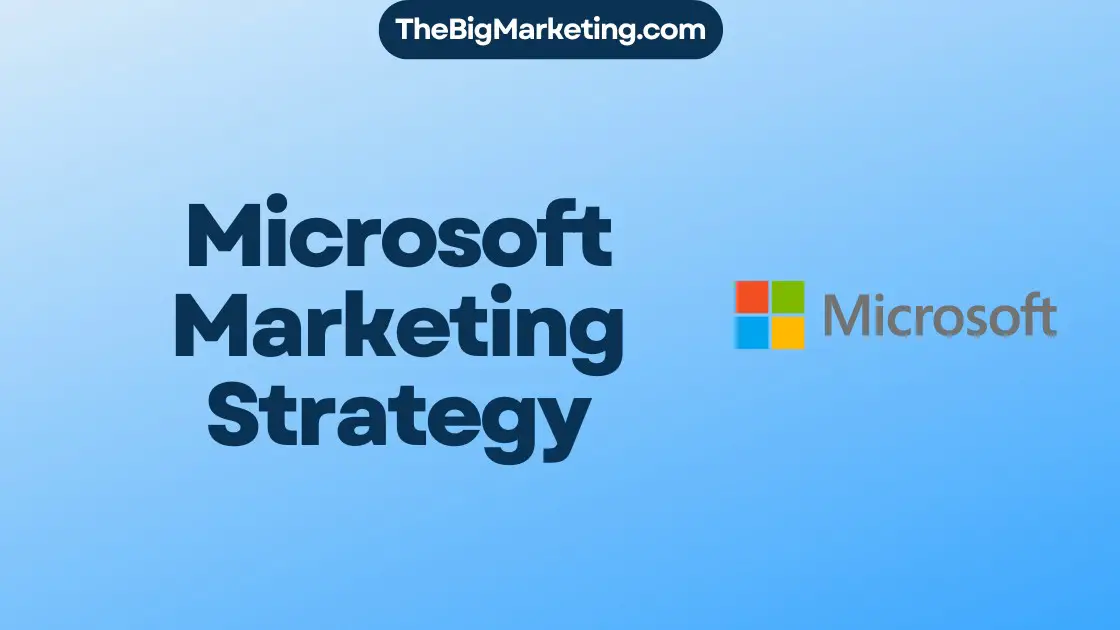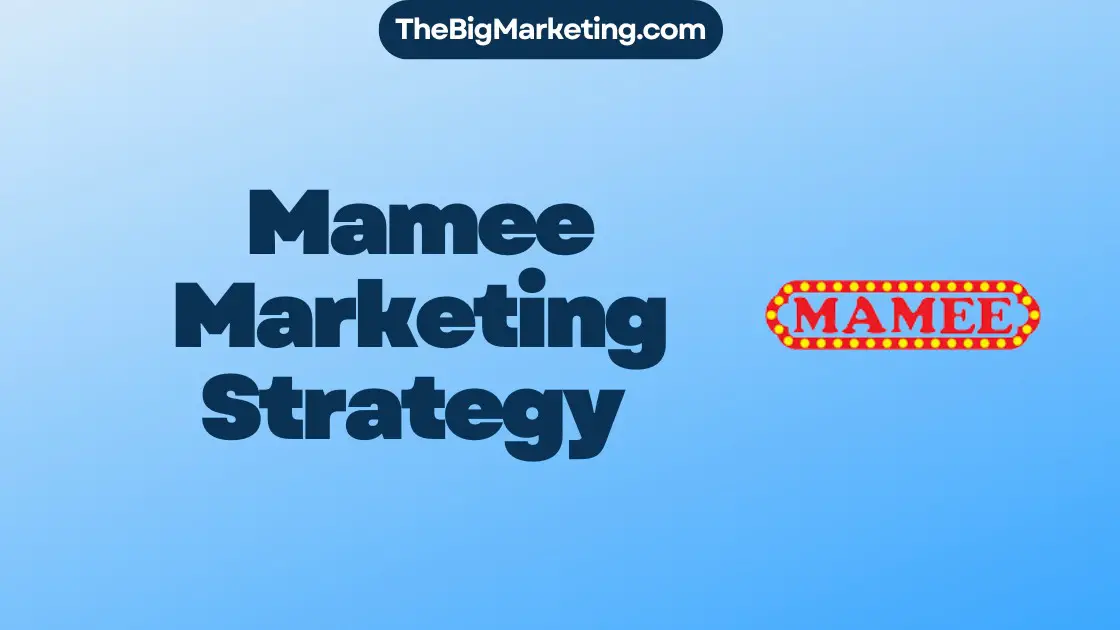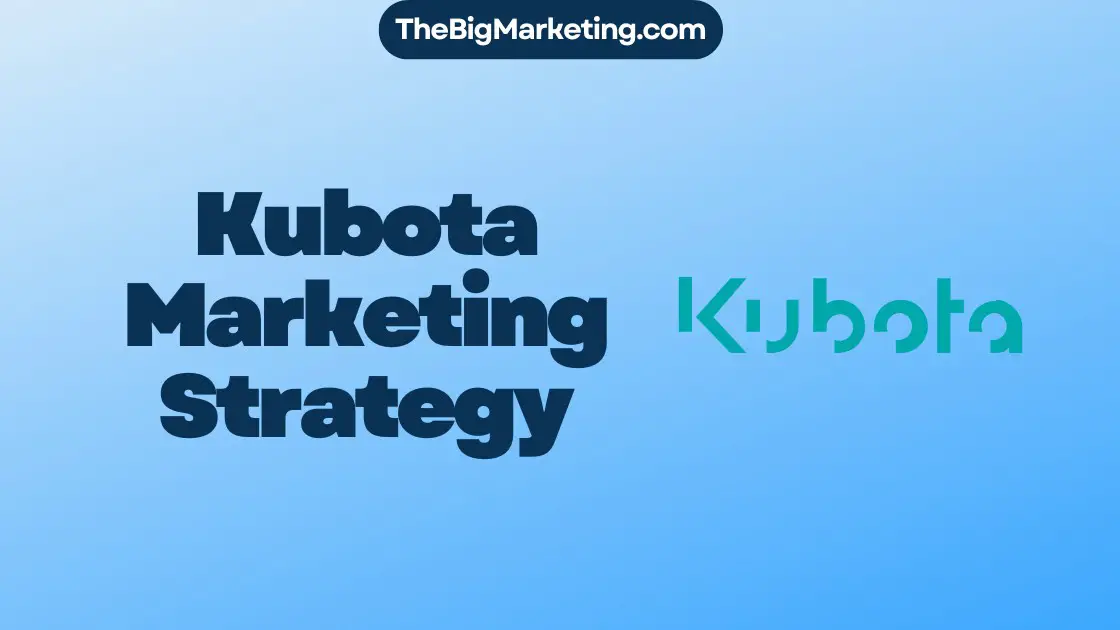Commercial marketing, commonly known as business-to-business (B2B) and business-to-consumer (B2C) marketing, is the process of promoting and selling products or services to businesses and consumers. It involves various marketing strategies and techniques to attract and engage target audiences. The primary goal of commercial marketing is to generate sales and elevate brands through advertising, promotions, and media exposure.
Unlike other forms of marketing, commercial marketing addresses both business buyers and individual consumers. It aims to capture the attention and interest of potential customers by leveraging effective communication, compelling advertising campaigns, and engaging promotions. By positioning products and services in the market, commercial marketing plays a vital role in driving sales, fostering loyalty, and establishing brand reputation.
Key Takeaways:
- Commercial marketing involves promoting and selling products or services to businesses and consumers.
- Various marketing strategies and techniques are used to attract and engage target audiences.
- Commercial marketing aims to generate sales and elevate brands through advertising, promotions, and media exposure.
- It addresses both business buyers and individual consumers, leveraging effective communication and compelling campaigns.
- By positioning products and services in the market, commercial marketing drives sales and fosters brand loyalty.
Understanding Marketing and the Four Ps
Marketing encompasses all the actions a company takes to attract and maintain customers. It involves various marketing activities such as understanding target markets, developing products, determining price strategies, choosing distribution channels, and creating promotional campaigns.
The marketing mix, also known as the four Ps—product, price, place, and promotion—represents the core elements that drive marketing efforts. Let’s take a closer look at each component:
Product
The product refers to the goods or services that a company offers to meet the needs and wants of its customers. It includes factors like product features, design, functionality, and quality. Effective marketers carefully design and position their products to differentiate them from competitors.
Price
Price refers to the amount charged for a product or service. It plays a crucial role in shaping customer perceptions and determining the profitability of a company. Marketers consider various factors when setting prices, including production costs, competition, target market, and perceived value.
Place
Place refers to the channels and locations where products are made available to customers. It involves decisions related to distribution, logistics, and supply chain management. Marketers strategically choose distribution channels to ensure products are accessible and readily available to meet customer demand.
Promotion
Promotion encompasses all the activities aimed at communicating the value of a product or service to customers. It includes advertising, public relations, sales promotions, and direct marketing efforts. Marketers use various promotional strategies to create awareness, generate interest, and drive sales.
Understanding the marketing mix and its components allows businesses to develop comprehensive marketing strategies that effectively reach and engage target audiences. By aligning product, price, place, and promotion with customer needs and preferences, companies can optimize their marketing efforts and achieve business success.
Traditional Marketing Strategies
Before the advent of digital marketing, traditional marketing strategies played a key role in promoting products and connecting with consumers. These strategies involved various methods of reaching target audiences through physical advertising and direct communication. Let’s explore some of the most common traditional marketing strategies:
1. Outdoor Marketing
Outdoor marketing aims to capture the attention of potential customers in public spaces. This includes billboards, posters, signage, and displays in high-traffic areas such as roadsides, shopping centers, and public transportation hubs. Outdoor marketing allows businesses to maximize their visibility and exposure to a wide audience.
2. Print Marketing
Print marketing involves utilizing newspapers, magazines, brochures, and flyers to convey advertising messages. Businesses leverage print media to reach specific demographics and target markets effectively. Print advertisements can be strategically placed within relevant publications or distributed through direct mail campaigns to engage potential customers.
3. Direct Marketing
Direct marketing focuses on establishing direct communication channels with customers. This strategy includes sending targeted promotional materials, such as catalogs, coupons, or newsletters, to individuals through mail or email. Direct marketing enables businesses to deliver personalized messages, nurture customer relationships, and drive immediate response and action.
By leveraging traditional marketing strategies, businesses can effectively engage with their target audience and create lasting brand impressions. These methods offer unique opportunities to communicate directly with customers and capture their attention in a tangible and impactful way. While digital marketing has gained prominence in recent years, traditional marketing strategies continue to play a crucial role in the overall marketing mix.
Digital Marketing Strategies
Digital marketing has revolutionized the marketing industry, allowing companies to reach audiences online. With the ever-increasing presence and influence of technology, businesses must adapt their marketing strategies to stay competitive in the digital landscape. In this section, we will explore three key digital marketing strategies: search engine marketing, email marketing, and social media marketing.
Search Engine Marketing
Search engine marketing (SEM) involves increasing a company’s visibility on search engine results pages through paid advertising. Companies bid on keywords related to their products or services to appear at the top of search results. This strategy enables businesses to reach potential customers who are actively searching for solutions to their needs. By targeting specific keywords and demographics, SEM can drive relevant traffic to a company’s website, increasing brand awareness and driving conversions.
Email Marketing
Email marketing is a powerful tool for nurturing customer relationships and driving conversions. By building an email subscriber list, companies can send targeted messages directly to their audience’s inbox. Email campaigns can include promotional offers, product updates, newsletters, and personalized content. With email marketing, businesses can engage and communicate with their customers, fostering loyalty and driving repeat purchases. Additionally, email marketing allows for segmentation and personalization, ensuring that messages are tailored to the recipients’ interests and preferences.
Social Media Marketing
Social media marketing has become a vital component of digital marketing strategies. Platforms such as Facebook, Twitter, Instagram, and LinkedIn provide businesses with opportunities to engage with their target audience and build brand awareness. Social media marketing involves creating and sharing content, engaging with followers, and running targeted advertising campaigns. By utilizing the power of social media, companies can amplify their brand messaging, connect with their audience on a personal level, and drive website traffic and conversions.
Incorporating these digital marketing strategies into a comprehensive marketing plan can lead to significant business growth and success. Each strategy offers unique benefits and opportunities to reach and engage with target audiences effectively. By leveraging search engine marketing, email marketing, and social media marketing, businesses can navigate the digital landscape and gain a competitive edge in today’s highly digital world.
| Strategy | Key Benefits |
|---|---|
| Search Engine Marketing |
|
| Email Marketing |
|
| Social Media Marketing |
|
The Benefits of Marketing
Effective marketing strategies offer numerous benefits to businesses. Through strategic marketing efforts, businesses can leverage various channels to generate a target audience, educate both internally and externally, build brand reputation, boost sales, and facilitate business growth.
One of the key benefits of marketing is audience generation. By implementing marketing campaigns through various channels, businesses can attract and engage their desired target audience. These campaigns include digital advertisements, social media promotions, and content marketing efforts that effectively reach potential customers, driving traffic and increasing brand visibility.
Marketing also plays an essential role in both inward and outward education. Internally, marketing provides valuable insights and information to businesses, helping them understand market trends, competition, and consumer behavior. Externally, marketing educates consumers about a business’s products or services, highlighting their unique features, benefits, and value proposition.
Furthermore, marketing contributes to brand creation by establishing a strong brand identity and reputation. Through consistent branding efforts, such as logo design, brand messaging, and visual aesthetics, marketing helps businesses create a distinct brand personality that resonates with their target audience. This brand recognition fosters trust, loyalty, and differentiation in a crowded marketplace.
Another significant benefit of marketing is its potential to boost sales. By implementing effective marketing strategies, businesses can increase product or service demand, stimulate customer interest, and drive conversions. Whether through targeted email marketing campaigns, persuasive advertising, or limited-time promotions, marketing helps create a sense of urgency and entices customers to make purchasing decisions.
Lastly, marketing plays a crucial role in facilitating business growth. By aligning marketing efforts with business goals and objectives, companies can expand their customer base, enter new markets, and gain a competitive edge. Additionally, marketing contributes to long-term success by helping businesses adapt to evolving market trends, identify new opportunities, and build lasting customer relationships.
In summary, marketing offers a multitude of benefits to businesses. From audience generation to brand creation, the strategic implementation of marketing strategies drives customer engagement, educates both internally and externally, establishes a strong brand presence, boosts sales, and facilitates overall business growth.
Setting Marketing Objectives
Marketing objectives play a crucial role in guiding marketing efforts towards achieving desired outcomes. Distinct from goals, objectives provide actionable steps that help businesses measure the impact of their marketing activities. To create effective marketing objectives, it is essential to follow the SMART goal framework.
What are Marketing Objectives?
Marketing objectives are specific targets that businesses aim to accomplish through their marketing efforts. These objectives align with the overall goals of the organization and serve as a roadmap for implementing marketing strategies. By setting clear objectives, businesses can focus their resources and measure progress effectively.
The SMART Goal Framework
The SMART goal framework outlines five essential criteria for setting effective marketing objectives. To ensure success, objectives should be:
- Specific: Clearly define what you want to achieve. For example, increasing website traffic by 20% in the next quarter.
- Measurable: Establish a way to quantify progress and measure results. This could involve using analytics tools to track website visitors or sales conversions.
- Attainable: Set objectives that are feasible and within reach. Consider the resources and capabilities available to your business.
- Relevant: Ensure that your objectives align with your overall business goals and contribute to long-term success.
- Time-based: Set a clear timeline for achieving your objectives. This helps create urgency and focus efforts towards a specific deadline.
By adhering to the SMART goal framework, businesses can set marketing objectives that are well-defined, achievable, and aligned with their overall strategy.
Why are Marketing Objectives Important?
Marketing objectives provide businesses with clear direction and help them allocate resources effectively. They also lead to the following benefits:
- Focus: Marketing objectives keep teams focused on achieving specific targets, which increases the likelihood of success.
- Alignment: Well-defined marketing objectives align with the overall goals of the business, ensuring marketing efforts contribute to long-term success.
- Measurement: Objectives provide measurable criteria to evaluate the effectiveness of marketing strategies and tactics.
- Accountability: Setting objectives holds teams accountable for achieving results and encourages proactive planning and problem-solving.
By setting clear marketing objectives, businesses can drive growth, improve brand awareness, and ultimately achieve their marketing goals.
Key Features of Effective Marketing Objectives
Effective marketing objectives are essential for guiding successful marketing efforts. To ensure that these objectives fulfill their purpose, they should follow the SMART philosophy. Let’s take a closer look at each key feature:
Specific
Specificity is crucial when defining marketing objectives. The objectives should clearly outline the desired outcome and provide a clear direction for the marketing team. For example, instead of setting a vague objective like “increase sales,” a specific objective could be “increase sales by X% within the next quarter.”
Measurable
Measurable metrics allow businesses to track progress and determine whether objectives are being achieved. Setting quantifiable targets and establishing key performance indicators (KPIs) enable businesses to measure the impact of their marketing efforts. For instance, an objective could be “increase website traffic by X% within 60 days.”
Attainable
It is essential to set objectives that are realistically attainable within the given resources and capabilities of the business. Objectives that are too ambitious or unattainable can demotivate the marketing team. By setting attainable benchmarks, businesses can maintain focus and achieve gradual progress.
Relevant
Every marketing objective should align with the overall purpose and goals of the business. It is crucial to ensure that the objectives contribute to the growth and success of the company. A relevant objective for a software company could be “increase trial signups by X% to drive user adoption and revenue.”
Time-based
Time frames are a crucial component of effective marketing objectives. They provide a sense of urgency and help businesses stay accountable. Setting specific deadlines allows for evaluating progress and making necessary adjustments. An example of a time-based objective could be “increase social media followers by X% within the next three months.”
By following the SMART philosophy, businesses can create marketing objectives that are specific, measurable, attainable, relevant, and time-based. These key features ensure that marketing objectives are well-defined, actionable, and strategic, enabling businesses to achieve their desired outcomes.
Examples of Marketing Objectives
In order to achieve specific business goals, marketing objectives can be customized to suit the needs of the company. Here are some examples of marketing objectives that can significantly impact business growth:
Increase Sales
By implementing targeted marketing strategies, businesses can work to increase sales by a certain percentage. This can be achieved through effective advertising campaigns, promotional offers, and strategic pricing strategies.
Boost Lead Generation
Marketing efforts can focus on increasing leads, which refer to potential customers who have expressed interest in a product or service. By employing lead generation techniques such as content marketing, email marketing, and social media advertising, businesses can attract and capture more leads.
Grow Brand Awareness
Building brand awareness is crucial for businesses to establish themselves in the market and attract a loyal customer base. Marketing objectives can aim to improve brand recognition through various channels, including social media campaigns, influencer partnerships, and public relations efforts.
Decrease Churn
Reducing customer churn, or the rate at which customers stop doing business with a company, is a key objective for many businesses. By implementing customer retention strategies such as personalized communication, loyalty programs, and exceptional customer service, businesses can decrease churn and foster long-term customer relationships.
Increase Trial Signups
For software companies or businesses offering trial versions of their products, increasing trial signups is a critical marketing objective. This can be accomplished through targeted marketing campaigns, personalized product demos, and compelling messaging that highlights the value of the trial.
Increase Website Traffic
Driving more traffic to a company’s website is an essential marketing objective, as it increases the potential for sales and conversions. By implementing SEO strategies, content marketing campaigns, and paid advertising, businesses can attract more visitors and increase their online visibility.
These examples illustrate how businesses can set specific marketing objectives to achieve their overall goals. Each objective, when executed effectively, can have a significant impact on the success and growth of a company.
The Importance of a Marketing Strategy
A marketing strategy plays a crucial role in the success of any business. It is a comprehensive plan that outlines the actions and steps required to achieve marketing objectives. By developing a well-defined marketing strategy, companies can drive their marketing efforts towards desired outcomes and effectively promote their products or services.
One of the key benefits of a marketing strategy is the coordination it brings to different departments and stakeholders within an organization. It ensures that everyone is working towards a common goal, aligning efforts and resources for maximum impact. This coordination is essential for a cohesive and integrated approach to marketing, where all channels and tactics work together to deliver consistent messages and experiences to the target audience.
Moreover, a marketing strategy provides a roadmap for the implementation of marketing activities. It helps businesses prioritize their marketing initiatives, allocate resources effectively, and set timelines for action. This structured approach ensures that marketing efforts are carried out in a systematic and strategic manner, minimizing the risk of ad hoc or unplanned activities.
Another critical aspect of a marketing strategy is its role in measurement and evaluation. A well-defined strategy includes clear objectives and performance indicators that allow businesses to track the effectiveness of their marketing efforts. It enables them to measure the return on investment (ROI) and make data-driven decisions to optimize their marketing activities.
By regularly evaluating the results against predefined metrics, businesses can identify what is working well and what needs improvement. They can adjust their tactics, allocate resources more effectively, and optimize their campaigns for better results. This iterative process of measurement and adjustment is crucial for continuous improvement and maximizing the impact of marketing efforts.
Overall, a marketing strategy serves as a guiding framework for businesses to achieve their marketing objectives. It ensures coordination, provides direction, and enables measurement, helping companies drive their marketing activities with purpose and effectiveness.
Key Elements of an Effective Marketing Strategy
| Element | Description |
|---|---|
| Market Analysis | Research and analyze the target market, including customer needs, preferences, and competitive landscape. |
| Target Audience | Define and segment the target audience based on demographics, psychographics, and behavior. |
| Marketing Objectives | Set specific, measurable, attainable, relevant, and time-based (SMART) objectives to guide marketing efforts. |
| Positioning and Messaging | Develop a unique value proposition and create compelling messages to differentiate the brand and attract customers. |
| Marketing Mix | Determine the optimal combination of product, price, place, and promotion to reach and engage the target audience. |
| Implementation Plan | Outline the specific actions, timelines, and responsibilities for executing marketing initiatives. |
| Resource Allocation | Allocate budget, personnel, and other resources effectively to support the marketing strategy. |
| Metrics and Evaluation | Define key performance indicators (KPIs) and establish a system for tracking, measuring, and evaluating marketing results. |
Creating Actionable Marketing Objectives
Developing marketing objectives is a crucial step in driving the success of your business. To ensure these objectives are actionable and effective, it’s important to follow a structured process that aligns with your overall marketing strategy.
1. Outline the Main Marketing Objective
The first step in creating actionable marketing objectives is to clearly define your main marketing objective. This objective should be specific and aligned with your overall business goals. For example, if your business goal is to increase sales by 20%, your marketing objective could be to generate 500 new leads per month.
2. Set Short-Term Goals
Once you have defined your main marketing objective, it’s essential to set short-term goals that will help you achieve that objective. These short-term goals should be specific, measurable, and time-bound. For instance, if your marketing objective is to generate 500 new leads per month, your short-term goal could be to increase website traffic by 20% within the next three months.
3. Develop a Marketing Strategy
A well-defined marketing strategy is crucial in achieving your marketing objectives. Your marketing strategy should outline the tactics, channels, and messaging you will use to reach your target audience and achieve your goals. This strategy should align with your overall business strategy and take into account market research and competitor analysis.
4. Coordinate Objectives with Long-Term Goals
It’s important to ensure that your marketing objectives are coordinated with your long-term goals. In other words, your marketing objectives should support and contribute to the overall growth and success of your business. For example, if your long-term goal is to expand into new markets, your marketing objectives could focus on increasing brand awareness and lead generation in those specific markets.
5. Establish a System for Measuring Results
Measuring the results of your marketing efforts is crucial for evaluating their effectiveness and making data-driven decisions. Establish a system for measuring and tracking key metrics related to your marketing objectives. This could include website analytics, social media engagement, lead conversion rates, and customer feedback. Regularly analyze these metrics to assess the impact of your marketing activities and make necessary adjustments.
By following these steps and creating actionable marketing objectives, you can drive the success of your marketing efforts, achieve your business goals, and maximize the return on your marketing investment.
Benefits of a Well-Defined Marketing Strategy
A well-defined marketing strategy plays a crucial role in the success of businesses. It provides clear direction for marketing efforts, ensuring a focused approach towards achieving marketing objectives. By aligning marketing strategies with the overall goals of the company, businesses can drive measurable impact and achieve long-term success.
One of the key benefits of a well-defined marketing strategy is its ability to provide clear direction. With a strategic plan in place, businesses have a roadmap that guides their marketing activities. This clear direction helps teams stay focused and avoid wasting resources on ineffective tactics. It enables them to make informed decisions and allocate their time and budget more effectively.
Furthermore, a well-defined marketing strategy enables businesses to measure the impact of their marketing activities. By setting specific goals and objectives, companies can track their progress and evaluate the success of their marketing efforts. This measurement allows them to make data-driven decisions, identify areas of improvement, and optimize their strategies for better results.
Measurable impact is a crucial factor in determining the success of marketing activities. A well-defined strategy ensures that companies have the necessary metrics in place to assess the effectiveness of their campaigns. These metrics could include key performance indicators (KPIs) such as website traffic, conversion rates, customer engagement, or sales revenue. By analyzing these metrics, businesses can gauge the impact of their marketing strategies and make adjustments as needed.
Moreover, a well-defined marketing strategy enhances the overall effectiveness of marketing activities. It allows businesses to prioritize their efforts, focusing on initiatives that are most likely to yield positive results. By aligning their marketing objectives with the overall goals of the company, businesses can ensure that their marketing activities contribute directly to the growth and success of the organization.
In summary, a well-defined marketing strategy offers numerous benefits to businesses. It provides clear direction, ensures measurable impact and success, and enhances the overall effectiveness of marketing activities. By strategically planning their marketing efforts, businesses can maximize their return on investment, achieve their marketing objectives, and drive sustained growth in a highly competitive market.
Conclusion
In conclusion, effective marketing objectives and a comprehensive marketing strategy are crucial for businesses to achieve their marketing goals. By understanding the importance of marketing and the benefits it provides, businesses can elevate their brands, drive sales, and thrive in the competitive market.
A well-defined marketing strategy provides clear direction for marketing efforts, ensures measurable impact and success, and enhances the overall effectiveness of marketing activities. By setting actionable marketing objectives that align with the company’s long-term goals, businesses can measure results and adjust tactics as needed to maximize the impact of their marketing efforts.
Ultimately, by implementing a successful marketing strategy, businesses can create a strong brand presence, generate a target audience, educate consumers both internally and externally, and ultimately achieve business growth and success.






